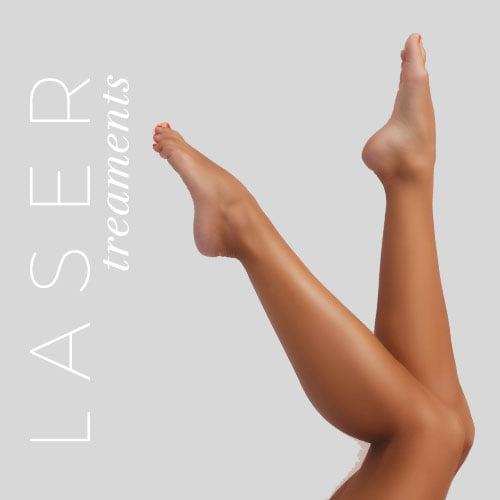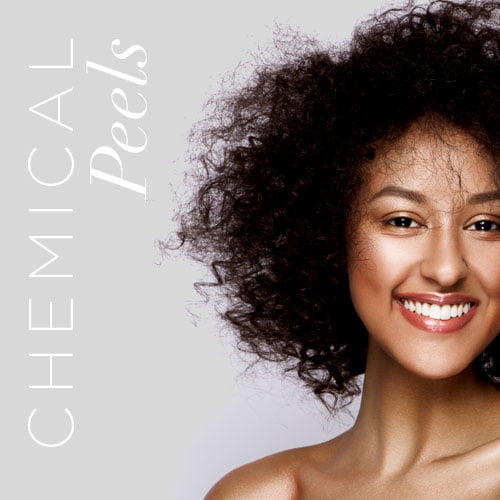Think of microblading as a tattoo, but not as deep. The brow artist uses a pen-like tool outfitted with seven to 16 (or more) micro-needles in various configurations. “Microneedles are so tiny that they can’t be seen in detail by the naked eye,” so they can realistically mimic brow hairs by creating thin strokes. The artist may also use a shading technique that involves “plucking” the skin to deposit the ink manually.
Does microblading hurt?
Your first microblading treatment will take the longest. Initial appointments can last 1.5 to 2 hours depending on the skill level of the artist. This includes paperwork, consultation, and developing a plan for the brow shape you’d like to go for. You’ll have a numbing cream or other agent (like lidocaine) applied to the brow area and then the procedure itself will take 30 to 45 minutes.
How long does microblading take to heal?
You’ll often have a 2-week aftercare plan, but it varies. The day after your appointment, you may see the eyebrow area turn very dark, then it will soften and peel (either lightly like dandruff or patchy in chunks). Finally, the color will look like it disappears and then return.
“We advise clients to be patient for one full month before being fully healed. At that point, the true color of the brows is revealed,” she says. After that, you may go back in for a touch-up, if needed.
How long does microblading last?
It may be “permanent makeup” but it doesn’t last forever, and the color will fade. While microblading can last up to two years, the results differ depending on the person and their reaction to the ink. Typically, people are advised to touch-up the color and shape every six months, some clients come in at three to eight months post-treatment.
“We always recommend staying ahead of the fading curve, meaning coming in right before brows start to fade. Since everybody reacts differently to microblading, the first session is more of a test to give the artist insight about how your brows respond and what tweaks need to be made next time.
Can anyone try microblading?
People with healthy skin are good candidates for microblading.
Since the procedure requires traumatizing the skin, if the skin is unhealthy, the outcome will be unpredictable and most likely not ideal. That means people with bleeding disorders, active inflammatory conditions near the eyebrows like eczema, psoriasis, or shingles, allergies to ink, taking prescription acne medications like Accutane, using products with anti-aging ingredients like retinol, and taking blood thinners or supplements may not be good candidates for microblading.
That’s a long list—and still, there are more medical conditions (like thyroid disorders and diabetes) and lifestyle factors (recent waxing or chemical peels) that can compromise skin healing. When you come in for treatment, be honest about your current medical history.





